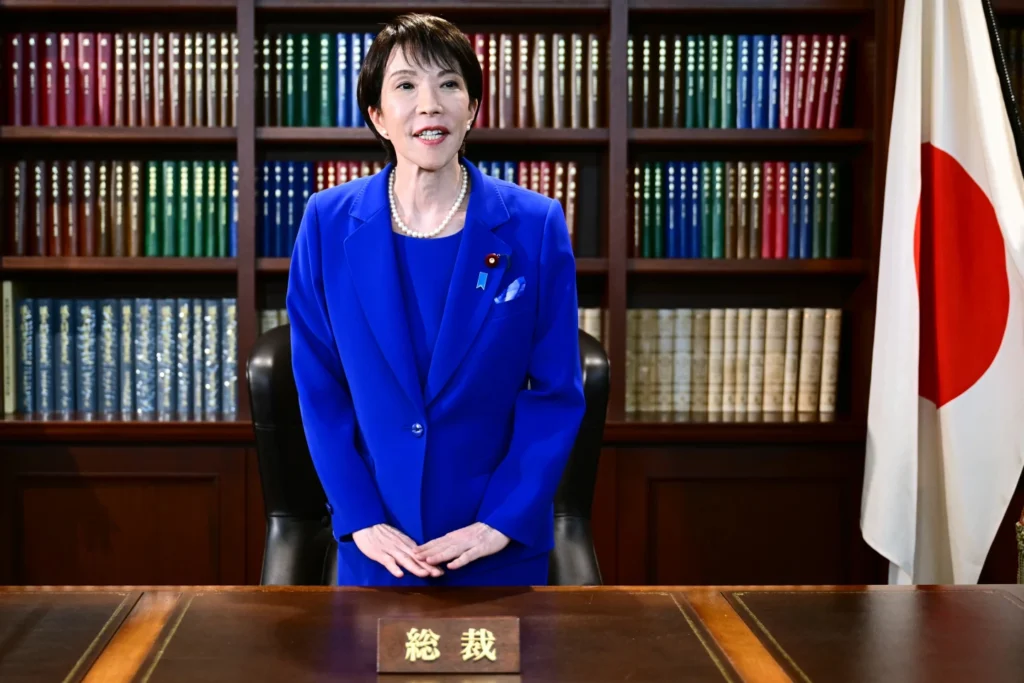Japan’s parliament on Tuesday elected ultraconservative politician Sanae Takaichi as the nation’s first female prime minister, following a tumultuous three-month power struggle and the ruling party’s worst election loss in decades.
Takaichi, 64, replaces Shigeru Ishiba, who resigned earlier in the day with his Cabinet after a year in office. Her election comes as the Liberal Democratic Party (LDP) forms a new coalition with the right-wing Japan Innovation Party (Ishin no Kai) a partnership expected to push Japan’s policies further to the right.
Takaichi secured 237 votes, four above the majority threshold, defeating opposition leader Yoshikoko Noda of the Constitutional Democratic Party, who garnered 149 votes in the lower house. As results were read, Takaichi bowed deeply before parliament, marking a historic moment in Japanese politics.
A Conservative Coalition and New Political Reality
The LDP’s alliance with Ishin no Kai was finalized only days after the collapse of its long-standing partnership with the centrist Komeito Party, which withdrew over corruption scandals and disagreements on defense and constitutional reform. The new coalition, while ideologically aligned, lacks a full majority in both parliamentary chambers and will likely face legislative hurdles.
Party Secretary General Shunichi Suzuki said tackling rising prices and restoring public trust will be the government’s immediate focus, calling for cooperation with other opposition factions “to live up to the expectations of the people.”
Takaichi is expected to unveil her Cabinet later today, reportedly featuring allies of LDP heavyweight Taro Aso and loyalists who supported her leadership bid. The Japan Innovation Party has opted to delay taking ministerial roles until it solidifies its alliance with the LDP.
Hawkish Policies and Controversial Views
A close disciple of slain former Prime Minister Shinzo Abe, Takaichi is known for her hawkish stance on national defense, advocacy for constitutional revision, and admiration of former British leader Margaret Thatcher. Despite breaking gender barriers, she has long opposed same-sex marriage, dual surnames for married couples, and female succession to the imperial throne positions that have drawn criticism from Japan’s liberal and centrist circles.
Internationally, her frequent visits to Yasukuni Shrine, which honors Japan’s war dead including convicted war criminals, have provoked anger in China and South Korea. In a symbolic gesture of restraint, she recently sent a religious offering to the shrine instead of attending in person.
Facing Economic and Diplomatic Tests
Takaichi faces immediate challenges: stabilizing Japan’s economy, restoring voter confidence, and managing diplomatic relations. She is scheduled to deliver a major policy address later this week before meeting U.S. President Donald Trump and attending upcoming regional summits.
Observers say her ability to govern effectively will depend on how long her fragile coalition can hold amid competing pressures within the ruling bloc. Despite her historic rise, analysts warn that her tenure may prove short-lived if economic woes deepen or if coalition partners withdraw support.


